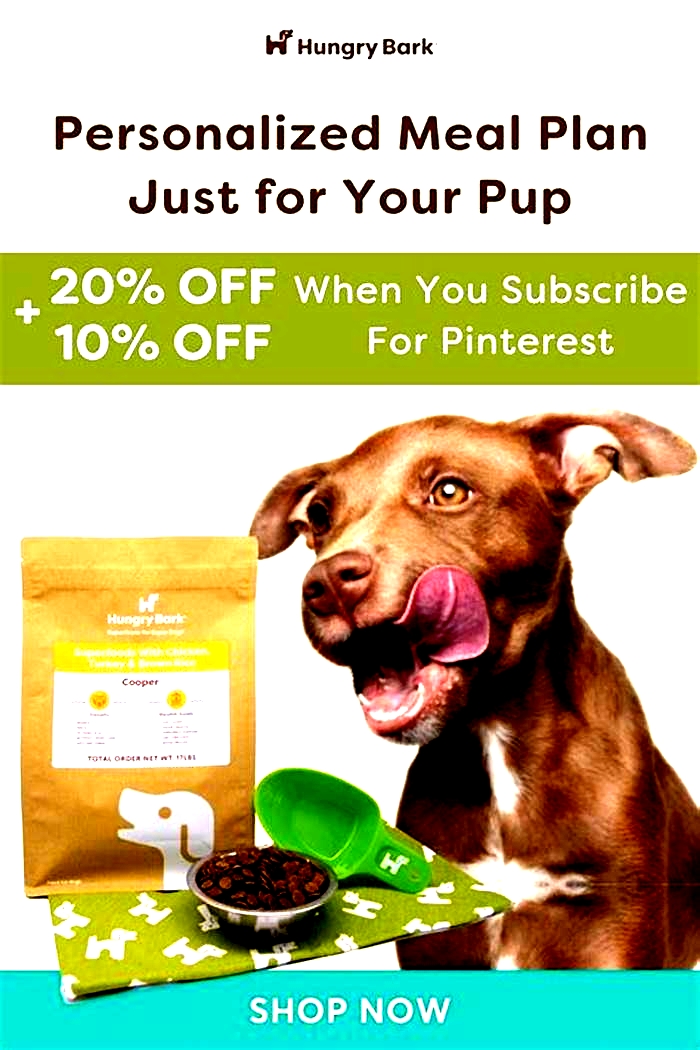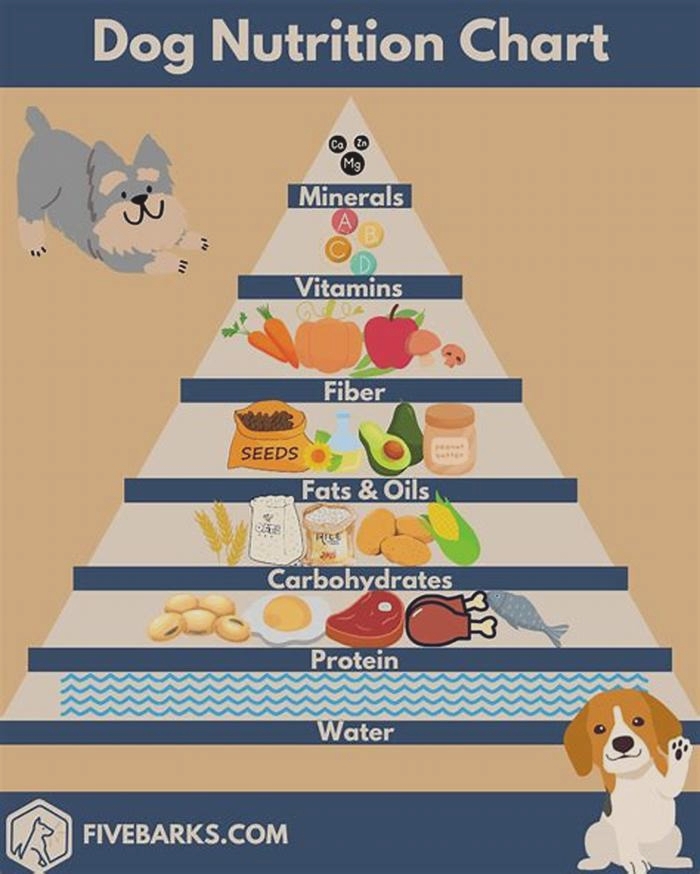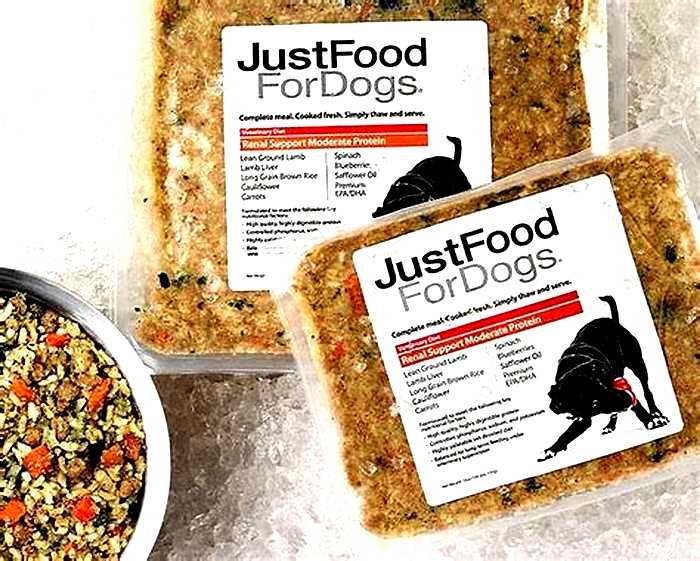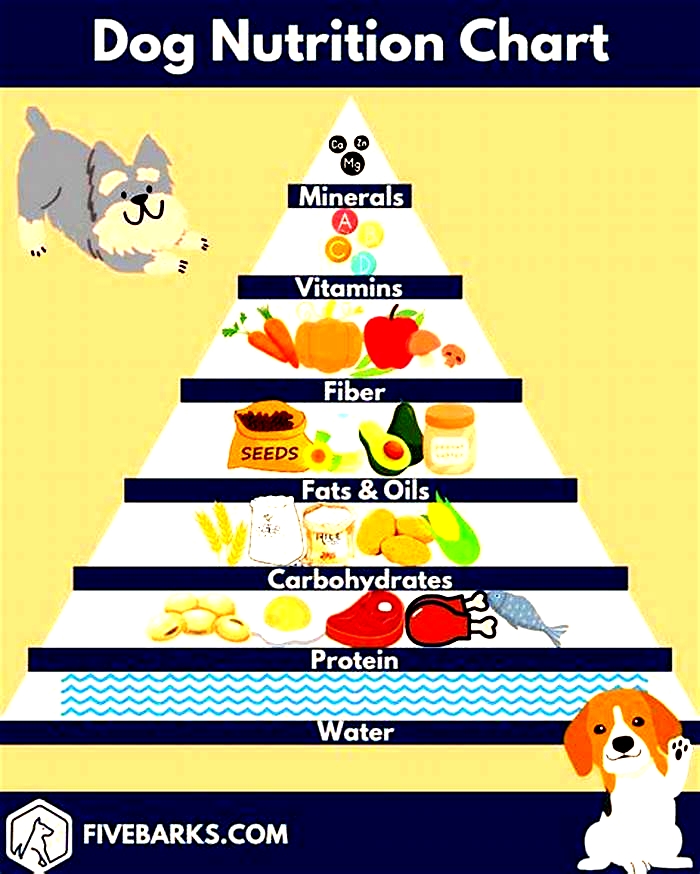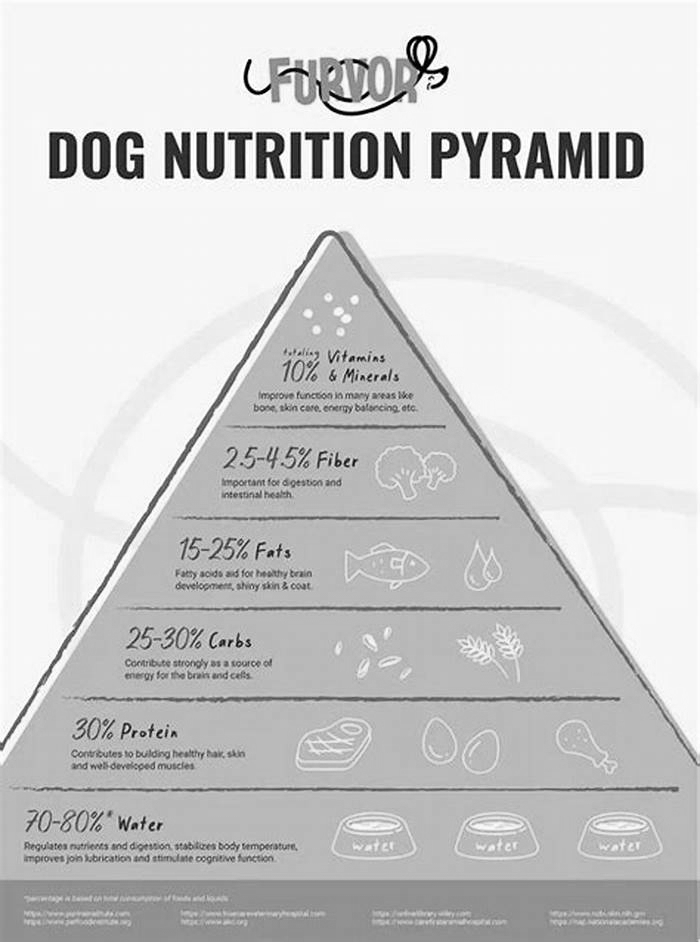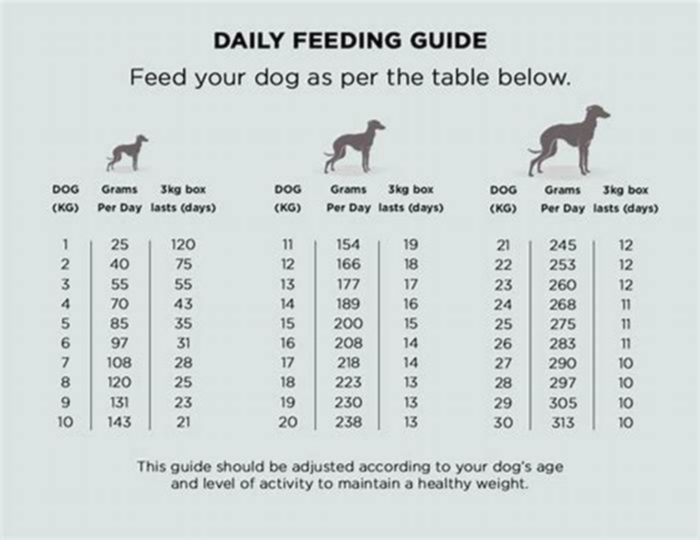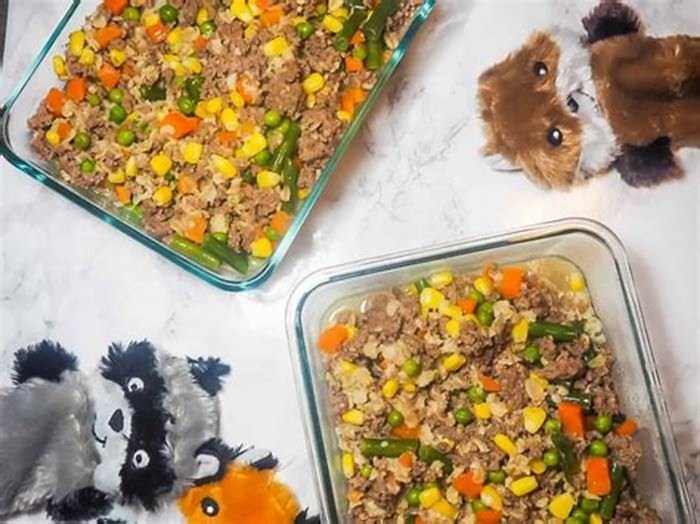Curated Canine Diets Crafting Custom Nutrition Plans for Dogs
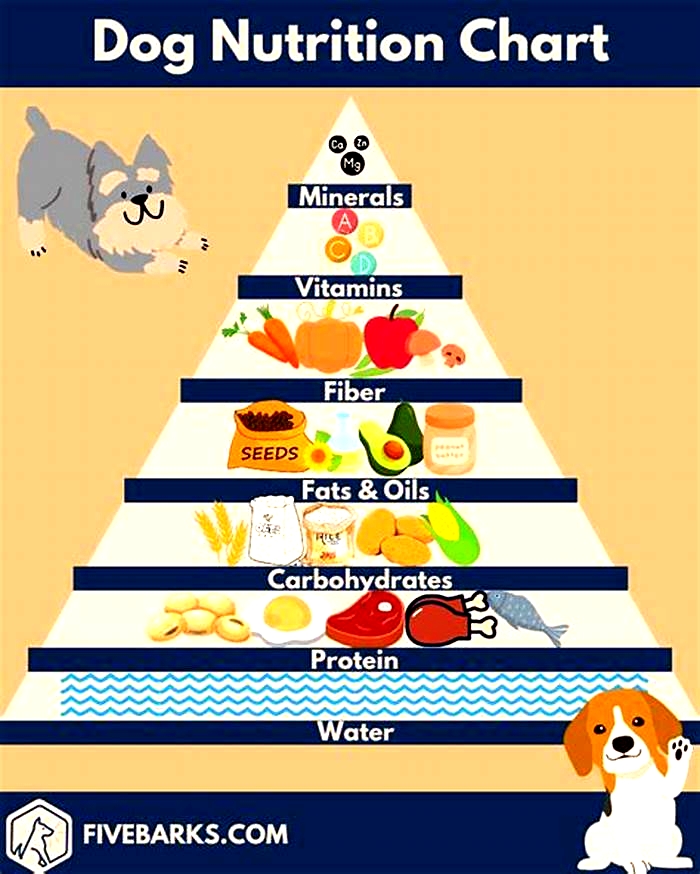
Common ways we mess up our pups nutrition
When you love your dog, you may feel the urge to spoil them with treats or come up with elaborate meal recipes. But some of the feeding choices we make out of love can turn into big mistakes depriving our dogs of necessary nutrients, overdoing fats or leaning too heavily on the magic of chicken and rice (which is supposed to be a temporary diet for upset digestive tracts).
Top tips for dog diets
- Feed a commercial diet that is certified as providing complete and balanced nutrition for your dogs life stage, or work with a board-certified veterinary nutritionist to plan a home-prepared diet that matches your dogs needs.
- Be conservative with treats. If you love giving your dog lots of little tidbits throughout the day, use low-calorie, low-fat snacks such as carrots or snap peas, or set aside part of their daily meals for treats.
- Make all diet changes gradually, and consider giving a probiotic during this transition period.
- Schedule an appointment with your veterinarian if your dog has chronic diarrhea or stomach upset to determine if there are other underlying causes.
Too many treats
When asked about where things often go awry with doggy diets, Dr. Joseph J. Wakshlag, section chief and professor of clinical nutrition, immediately responded, Too many treats!
It is common, even when the dog is on a commercial diet, that folks still like to feed treats or table scraps, Wakshlag says. Treats should be limited to no more than 15% of the daily calorie intake since these are often not complete and balanced foods, which may throw off nutrient intake.
Many veterinary nutritionists recommend limiting your dogs calories from treats to 10% of their total diet, especially if you are working on a weight-loss program. Even though many of us feel like we only give our dogs occasional table scraps, those bites add up quickly.
I was involved in a study looking at table-scrap feeding, or human foods to be more precise, and the average calories from these sources was about 20% of calories for the average dog, which is a bit too much, Wakshlag says. Veggies are often fine because they are low in calories, while the pizza crust, burger bites and fries are just way too high in calories, and can really lead to obesity and subpar nutrient intake.
The good news is that there are easy ways to get your dogs diet back in balance without denying them treats and snacks. Instead of feeding random food scraps, use part of your dogs primary diet as treats. Set aside part of each meal to use for training and random snacks. This is helpful both for weight-loss management and to ensure that your dog is eating a balanced diet.
Another option is to use healthy, low-calorie items as treats. Carrots, broccoli and snap peas are three examples that many dogs love.
Hazards of home-cooking
Home-prepared diets for dogs are increasing in popularity, but many veterinary nutritionists advise caution. It is critical to use a recipe that is deemed complete and balanced to make sure that your dog is getting everything that they need. For dogs with health conditions, a custom diet designed by a veterinary nutritionist is often the best plan.
If people are feeding home-prepared diets, this can be a problem, since there are a number of nutrients that are often deficient like calcium, B12, zinc, magnesium, etc., which can lead to subclinical deficiencies, Wakshlag says. The most egregious deficiency is usually calcium, which can lead to pathologic fractures in puppies and osteopenia with a risk of fracture.
But your dog can have their ground turkey cake and eat it too. If considering a home-cooked diet for your dog, ask your veterinarian to evaluate it for nutritional adequacy. Its very important to use vitamin and mineral mixes designed for home-prepared diets when feeding dogs, particularly if using primarily a meat-based diet plan, Wakshlag says.
Too much of a good thing
Our dogs love meats and fats, but overly rich foods dont always love them back. Overindulging can irritate your dogs pancreas and cause pancreatitis.
Pancreatitis is an extremely painful condition characterized by nausea, vomiting, lethargy, poor appetite, abdominal pain, diarrhea and fever. In severe cases, it can be fatal. Pancreatitis is treated with pain medications, anti-nausea medications and intravenous fluids. Most dogs who have survived pancreatitis have to stay on a strict, low-fat and low-protein diet for the rest of their lives to prevent recurrence.
Prevention is the best medicine when it comes to pancreatitis. Only give your dog small amounts of rich or fatty foods, especially if they have a history of having a sensitive GI tract. An occasional marrow bone is likely safe, but avoid making them a regular snack. (Also keep in mind that dogs can crack or break their teeth when chewing on these bones, or get hurt from splinters that break off and become lodged in their throat).
Long-term bland diets
Plain, boiled chicken and rice can save the day when your dog has diarrhea. Lean, cooked hamburger and cooked pasta are two other great options when your dog is sick and needs a bland diet to soothe their GI tract.
However, neither of these diets are balanced, and they are not safe to feed long-term because they have an incomplete nutritional profile.
If you find yourself whipping up a bland diet for your dog on a regular basis, then they may have a health condition more serious than a simple case of diarrhea. Some possible underlying causes include intestinal parasites, irritable bowel syndrome (IBS), pancreatitis, food intolerance, exocrine pancreatic insufficiency (EPI), Addisons disease, liver and kidney failure, food allergies or even cancer. The bland diet will help temporarily with your dogs discomfort, but wont resolve the underlying issue and may even make it worse over time.
Schedule a veterinary appointment to discuss your dogs symptoms and complete testing to figure out why your dog may still need a bland diet. Bloodwork, plus a fecal exam to check for parasites, is a great place to start. If those tests dont provide clear answers, your veterinarian may recommend additional blood tests, an X-ray or ultrasound, allergy testing or endoscopy.
Switching too quickly
If you need to change your dogs diet, do it gradually. Start by feeding 75% of the old diet mixed with 25% of the new diet. The next day, feed 50% of each diet, then on the third day feed 25% old and 75% new. This 4-day transition works for most dogs, but dogs with sensitive stomachs may need a longer, more gradual swap.
If you end up doing a sudden diet change, your dog may have some diarrhea because they arent used to the new diet yet. This is usually temporary and will resolve without treatment, but can be unpleasant for both of you. If the diarrhea lasts more than a day or two, or if your dog has other symptoms, call your veterinarian to get some probiotics or anti-diarrhea medications to help ease the transition.
This article has been reprinted with permission from the Cornell University College of Veterinary Medicines DogWatch newsletter, published by Belvoir Media Group. When you become a member of the Riney Canine Health Center, you will receive a free subscription to DogWatch.
Diet and nutrition for dogs
There are lots of types of dog food on the market, including complete dry diets, wet food with or withoutbiscuit mixers, and fresh dog food. So it could be difficult to know what is best to feed your dog!
Generally, a good complete food should provide all the essential nutrients for your dog. Dry food can also be good for your dogs teeth.
Its difficult to give your dog everything they need with a homemade or raw food diet so we recommend buying commercial dog food, rather than making your own. If you decide to give your dog this type of food, always seek veterinary advice first.
The food you need will depend on your dogs life stage
Most foods are now available to suit the different life stages: puppy, adult and senior. These have been formulated carefully to match the needs of dogs at different ages, so make sure you buy the right one for your dog. As your dog gets older, transition to the next food gradually.
Puppies can move on to adult food once theyve stopped growing when this is will vary depending on their size and breed. Check the food manufacturers guidance and speak to your vet to decide the right timing for your dog.
How to change your dogs food
Its important your dogs diet is consistent, as sudden changes could cause an upset stomach.
If you want or need to introduce a new diet, do this over the course of a few days to a week. Start by replacing a small amount of your dogs current food with their new food, and gradually increase the proportion of new food.
How much should I feed my dog?
Check the food packet for a guide to work out the right amount of food for your dog. But be aware that these are only guidelines, and you may need to adjust according to your dogs individual needs.
How much food your dog needs will depend on their activity levels and metabolism, so youll need to monitor their weight and body condition. Heres a useful guide to maintaining a healthy body condition.
Be careful not to overfeed your dog. Obesity increases your dogs risk of arthritis, diabetes and heart disease. If you think your dog may be overweight, your vet will be able to help you with a feeding and exercise plan.
If you're not sure what a healthy weight is for your dog, or how much to feed them, speak to your vet.
Dog Nutrition for a Balanced Diet
Complementary supplements
Giving your dog an occasional, well-deserved dog treat helps build up your bond as well as being a great training aid, but feeding too many or the wrong type of treats can unbalance your dog's diet and lead to weight problems.
Dog treats, including biscuits and chews, should make up no more than 10% of your dogs daily calorie intake and youll need to read the feeding guides on the packaging carefully to make sure you dont over-indulge! Always select dog treats that are appropriate for your dogs size and, if your vet has recommended a strict no-treats rule, you can always keep back a portion of their daily complete food and use that to treat them instead. Its a good idea to regularly monitor your dogs body condition and read our dog feeding guide below, to find out which components your dog needs in their diet and why.
If you are looking to move your dog to a plant-based diet I would highly recommend working with Diana to do this. Her wealth of knowledge and care in perfecting the right recipe for your dog will fill you with confidence that you are making the best choice.
Diana worked to create a plant-based recipe for our dog Frida and we have never looked back. I can confidently say it was the best decision we have made for our dog. She loves the food and gets so excited when we are making it. She is also more energetic, her weight is better, and her coat is so shiny since we made the switch. Before moving Frida to Dianas plant-based recipe Frida would vomit a few times per month, we have noticed significant improvement since changing her food.
We are based in the UK and Diana is in the US. This proved no problem for Diana who worked hard to source all of the appropriate supplements and ingredients. The recipe is easy to follow and make. No matter where you are based, I would highly recommend working with Diana if you are thinking about making this change for your dog. Her wealth of knowledge made us feel comfortable and confident that we were making the right choice for Frida and we have not regretted it!


